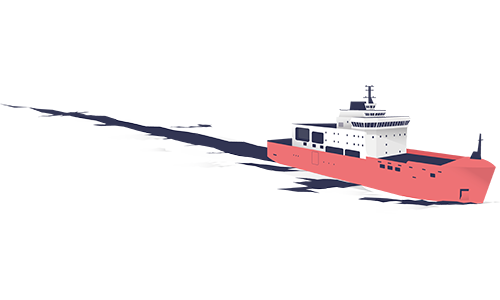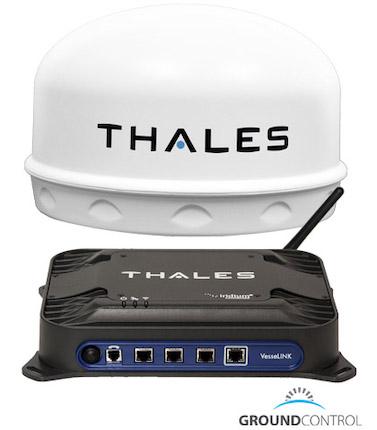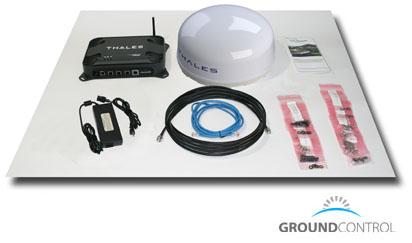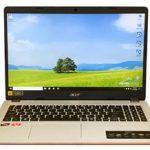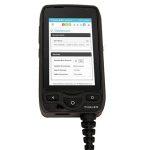Powerful Maritime Iridium Certus Communications
VesseLINK operates using Iridium Certus broadband services over a network of 66 satellites that cover 100% of the globe, including deep oceans and poles. The solution utilizes this robust network service to provide highly reliable, mobile and essential voice, text and web communications for captain and crew.
VesseLINK comes with an intuitive, user-friendly interface and can be quickly integrated into existing vessels or new fleets. It also includes built-in upgradeability to future-proof your investment and ensures peak speed and performance.
Contact us
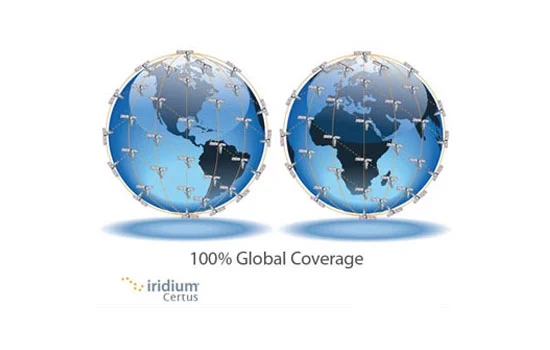

100% Global Phone and Internet
The Thales VesseLINK is a WiFi hotspot (802.11bg) with a 1,000′ foot range (300 meters) for any wireless capable devices. It also provides up to 3 phone lines to make and receive calls from anywhere in the world using standard corded or cordless phones. No matter where you are located, as long as there is a view of the sky, the VesseLINK may connect.
The Thales VesseLINK is composed of two main parts, the transceiver and the antenna connected by a 82-foot (25-meter) antenna cable.
Contact us
- Easy to set up and use. Once the unit is on, there’s global internet and phone
- High-speed satellite broadband on the Iridium Certus 700 network provided by Ground Control
- 100% Global, Low Latency satellite coverage for critical data and communications
- 300-meter – 1,000-feet Wi-Fi range. Excellent for penetrating thicker walls.
- Connects up to 12 wireless devices (laptops, smartphone, tablets) simultaneously
- 3 phone lines… 2 on the RJ-14 phone jack, and 1-3 for VoIP phones via Ethernet
- Designed to operate in extreme environments
- Location tracking services – Send coordinates to any server with any time frequency
- Equipment manufactured in the USA
- 2 year standard warranty with 3 and 5 year extended warranties available
- Terminal Dimensions: 12in x 9in x 3in (30.5cm x 22.9cm x 7.6cm) 7.5 lbs (3.4kg)
- Antenna Dimensions: 14.5in Ø x 7.5in H (36.8cm Ø x 19.8cm H) 6.2 lbs (2.8 kg)
- Internet Speeds: Up to 704kbps (Rx), 352kbps(Tx), 256kbps(Streaming)
- Wifi: 802.11b/g, 300m / 1,000ft range
- Wireless Security: WPA2 and MAC address whitelist
- LAN: 3 RJ-45 Ethernet Ports with PoE (Power over Ethernet class 2)
- Phone: Three phones lines: Two are available on the RJ14 phone jack (with splitter), and all three are available to VoIP phones. Configuration of lines may be configured from the VesselLINK web interface.
- IO Port: GPIO (RS-232, +12V out, DISTRESS, Radio Gateway, GPIO)
- Vessel Roll: Operable with up to a 20° roll.
- AC/DC Power Supply: 110-240VAC 50/60Hz – Output is 12VDC
- Power Consumption: 30 watts average with 60 watts maximum
- Operating Temperatures: -40°C to +55°C / -40°F to +131°F
- Environmental Rating: (Antenna) IP 67-Compliant
- Antenna Robustness: MIL-STD-810G, Test Method 514.6, Proc. 1, Category 20, Annex D MIL-STD-810G, Test Method 516.6, Proc. IV
- Terminal Robustness: MIL-STD-810G, Test Method 514.6, Proc. 1, Category 20, Annex D MIL-STD-810G, Test Method 516.6, Proc. IV
- Warranty: Two years standard limited warranty. Extended warranties available
- VesseLINK terminal
- VesseLINK phased-array antenna
- Antenna Cable – 82′ feet / 25 meters
- AC/DC Power Supply. US and EU Plugs
- Ethernet cable – 10′ feet / 3 meters
- Fixed mounting hardware
- Mounting templates
- Quickstart Guide.
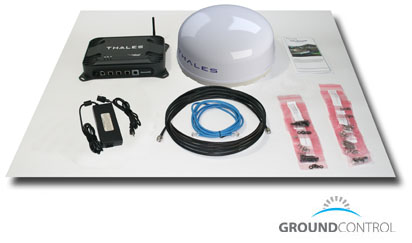

*For full details of our Iridium Certus 700 Maritime airtime rates, please visit our Iridium Certus 700 Service Plans page.
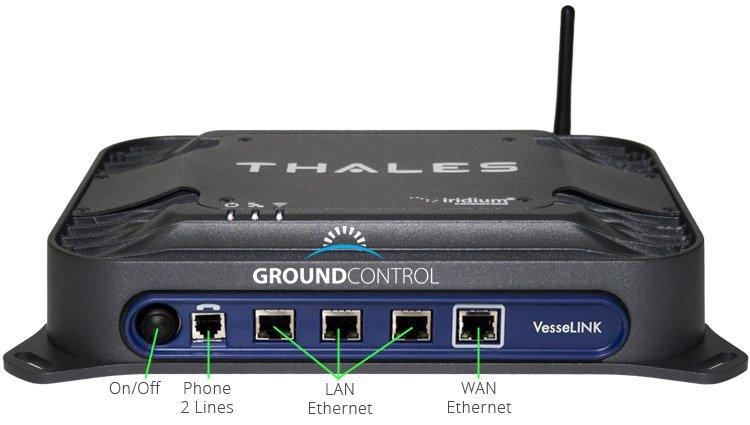

On the front panel is a standard RJ-14 phone jack that will support two standard phone lines, plus three Ethernet ports which can support any connected device and VoIP phones (up to three VoIP phones for three phone lines). The WAN port is for a device connected to the internet such as a cellular modem or satellite dish so that the end-user may have least-cost routing. For example, if a vehicle travels out of the less-expensive cellular coverage area, the satellite connection will automatically be there.
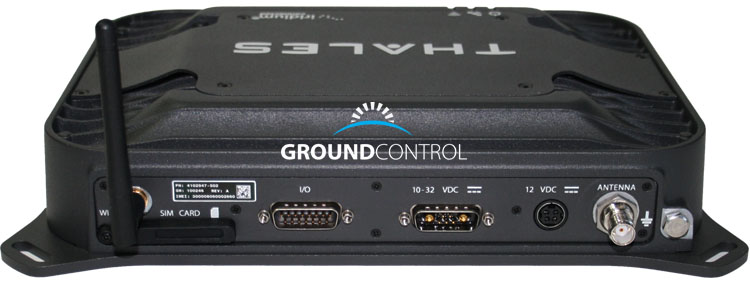

On the back panel is the Wi-Fi (802.11bg) antenna for up to 12 wireless devices, the SIM card slot, an IO input-output port for API integration (not required for normal use), and a power port that can take a wide range DC voltages from 10 to 32 volts from any source. The 12VDC power port is an alternate power input port. Right of that is the antenna connector for the 10-foot (3-meter) antenna cable and finally a vehicle chassis grounding lug.
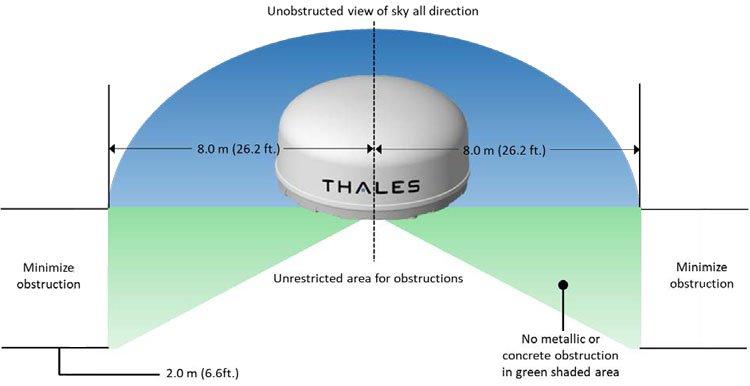

The VesseLINK antenna can transmit below the horizon up to 20° degrees, which is good for rolling seas. It’s important to minimize or reduce metallic obstructions in this region for the best signal quality avoiding feedback from radiated power.
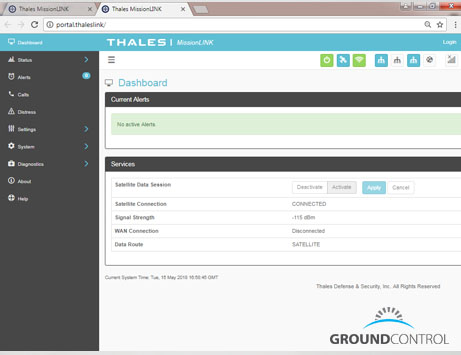

The VesseLINK web interface provides many powerful tools to configure the system to needed requirements. From any connected browser, the interface is located at URL: 192.168.55.1
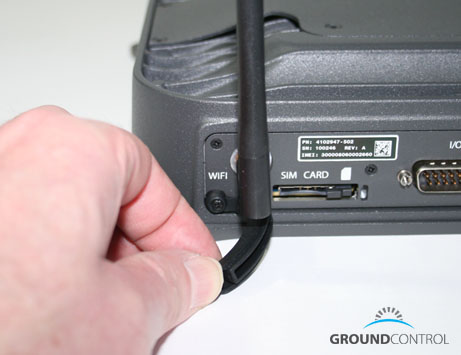

For service, the VesseLINK requires an Iridium Certus SIM card that provides the account information to the terminal when connected. Here is where the SIM is inserted (with rubber cover bent back for a better view).
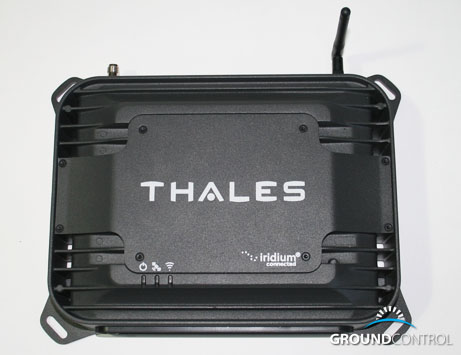

The top view of the VesseLINK terminal. Note the 3 LED lights that show power, satellite connectivity and WiFi.
Documentation
Accessories
Would you like to know more?
If you're not sure what the best device for your satellite maritime communication requirements is, we're here to help; we have 20 years' experience and will provide impartial, expert advice.
